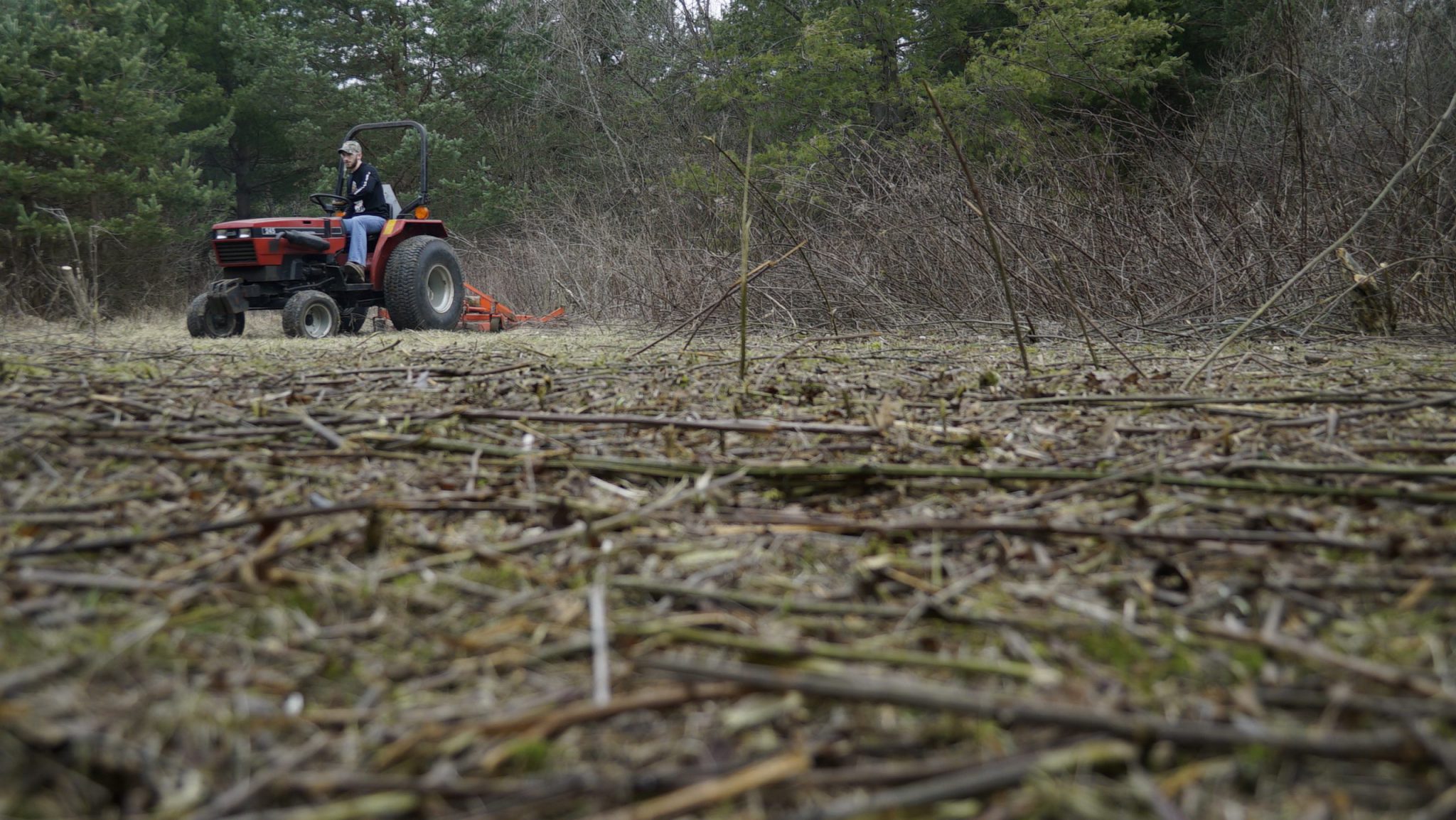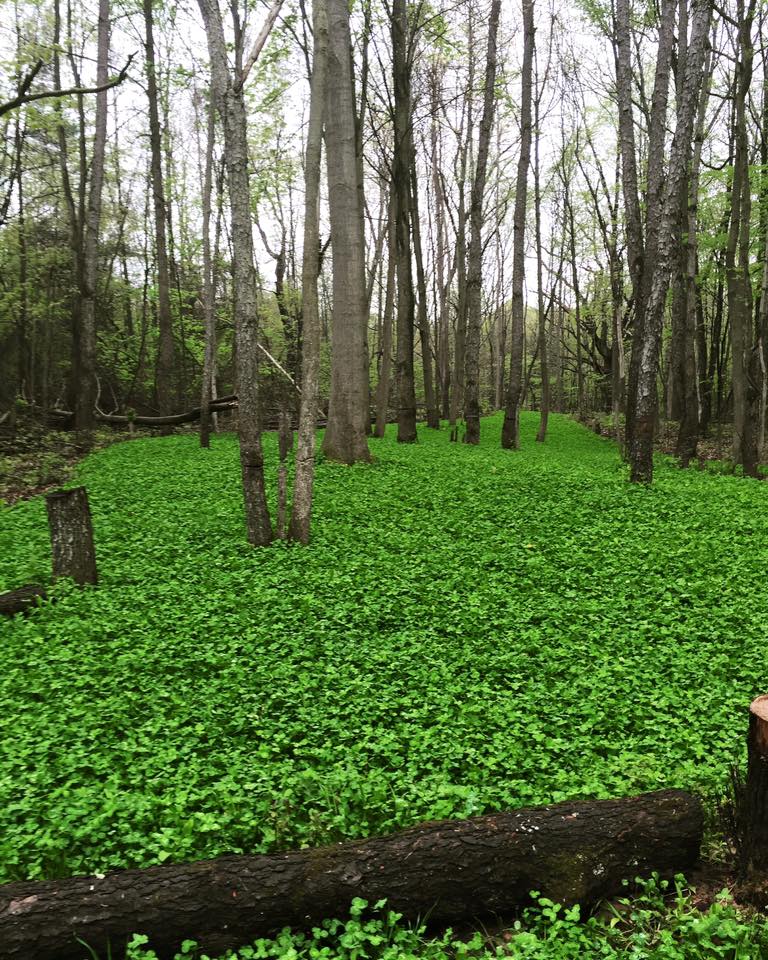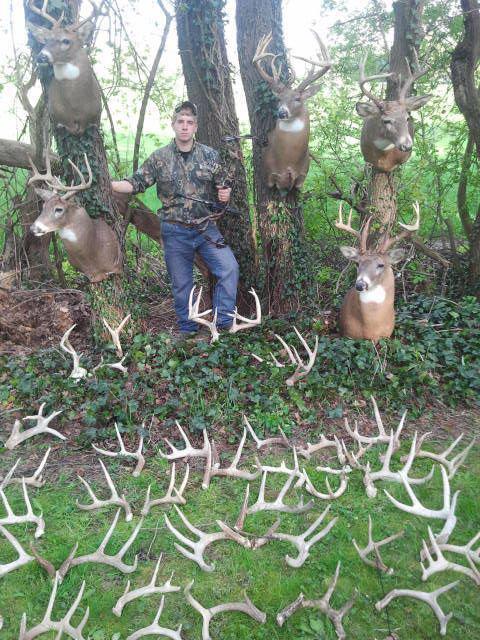The ONLY food plot you need to plant
/ April 18th, 2017Planting food plots has absolutely taken off in the last decade. Now, nearly EVERY hunter has attempted to plant food specifically to grow bigger and healthier deer. The question is, what should you plant, when, and why, to give you the best opportunity to let your crossbow arrow “eat” come fall?
First, we need to address the fact that the vast majority of hunters don’t own large acre farms. Most of us are hunting on public land, or on permission, and doing it on plots of land that are less than 100 acres (many on only about 20-30 acres). With that said, even on public land, if you do your research, you just might be able to plant your own small food source on public land.

Planting food plots means a lot more than simply providing food for the deer herd you’re hunting. You are altering the entire scope of one specific piece of land, and in more ways than one, it is a dramatic improvement. Food plots don’t just serve as browse for deer, but turkeys, rabbits, game birds, song birds, insects, and other things that supply additional nutrition and biodiversity to that area creating a well-balanced ecosystem. In short, these changes you make to whatever land it is that you hunt will only improve and increase the value of that land.
The choice that hunters face is what, exactly, should be planted? You’ve got chicory, sugar beets, brassicas, clovers, cereal grains, corn, soy beans, etc. The list is nearly endless. So what will produce the most bang for your buck?
 In my experience, a clover blend will outperform and outlast any of the other crops listed above. Clover is perennial, so you don’t have to replant every year, and it is generally hearty enough to be planted at virtually any time of the year. You can frost seed it in late winter and early spring when the ground is freezing and thawing, opening up pores in the soil for germination. You can plant it in the spring before full green-up, in the summer when it might be arid and dry, or in the fall when the temperatures start to cool off.
In my experience, a clover blend will outperform and outlast any of the other crops listed above. Clover is perennial, so you don’t have to replant every year, and it is generally hearty enough to be planted at virtually any time of the year. You can frost seed it in late winter and early spring when the ground is freezing and thawing, opening up pores in the soil for germination. You can plant it in the spring before full green-up, in the summer when it might be arid and dry, or in the fall when the temperatures start to cool off.
Clover doesn’t need to be buried deep in the ground, so even just top seeding (throwing seed on top of the ground) will still yield a decent crop if managed well. This makes clover PERFECT for the small, poor-man-plots that have become so common. Clover is relatively inexpensive to buy, doesn’t require any nitrogen because it produces and stores its own, and can be purchased in blends that allow for great adaptation to terrain and weather conditions. The only thing you have to make sure of is that you have a balanced PH in your soil. Most soils tend to be acidic from the decomposition of other plant matter, so adding some calcium (lime) generally takes care of the problem and brings PH levels back into balance. Your local co-op can tell you more about exactly how much calcium you might need, but a soil sample would be the best way to test PH.
Clover comes in reds and whites, and some varieties are good in really wet conditions while others thrive in very dry conditions. With a blend like this, regardless of what Mother Nature throws at you during the growing season, you’ll at least have one or two seed variations that will take root and grow. Not to mention that clover tends to perform really well in wooded areas, so don’t feel like you need a wide open space to attempt to plant your secluded food source.
Another benefit of clover is that, the deer and other animals love it as a lush green forage for all times of the year. A concern of most people is that, if deer like to eat clover so much, won’t I run out of forage and thus, have a bare food plot? The answer is, no. Clover, being a perennial plant, simply grows back after a mowing or being browsed heavily by deer. Now, that is not to say that heavy browsing during its young and tender early growth wouldn’t be harmful, but once established, a clover plot will do extremely well to resist against over browsing.
 Another benefit of this is that clover is extremely easy to maintain. Deer don’t tend to like “stemy” clover plants, so preventing them from reaching full maturity is important, but that can be done through a simply mowing. In a well-established clover food plot, just mowing clover down to around 6 inches in height is perfect to keep it in check. Likewise, mowing will also do great at keeping weeds at bay. Clover tends to grow quickly with enough moisture and sunlight. Mowing down any broadleaf weeds and grasses that have come up in a clover plot will allow just enough time to give the clover a head start and eventually overtake and drive out those weeds.
Another benefit of this is that clover is extremely easy to maintain. Deer don’t tend to like “stemy” clover plants, so preventing them from reaching full maturity is important, but that can be done through a simply mowing. In a well-established clover food plot, just mowing clover down to around 6 inches in height is perfect to keep it in check. Likewise, mowing will also do great at keeping weeds at bay. Clover tends to grow quickly with enough moisture and sunlight. Mowing down any broadleaf weeds and grasses that have come up in a clover plot will allow just enough time to give the clover a head start and eventually overtake and drive out those weeds.
Following these steps, and doing a little bit of homework about the type of soil you might be planting in, will go a long way to helping you establish great small-acre food plots. You don’t need a lot of land to put in a great food source to hunt over. Let the larger ag fields take care of doing the majority of the feeding for you. A small clover plot, tucked back into the corner of the timber somewhere, will be the perfect staging area where deer will prefer to hang out just before dark when they move out to the larger ag fields. A setup that is perfect for a crossbow hunting stand location. Good luck with your food plots and may they draw in plenty of venison to fill your freezer this fall!


